As a summary you only need to find the vulnerable jars in the mule-server and in the mule flows deployed in the apps folder.
A Java project is a set of java class and libraries with complex dependencies relationship, but easy to replace one of them (manually or automated with maven), so no matter how or where log4j is being used, we just need replace the jar file.
mule community server 3.9.0
In this version, with this command find . -type f -iname "*log4j*" we will get the log4j jars:

As we can see, the version prior to the 2.14.x
log4j-jul-2.8.2.jar
log4j-jcl-2.8.2.jar
log4j-slf4j-impl-2.8.2.jar
log4j-core-2.8.2.jar
log4j-api-2.8.2.jar
log4j-1.2-api-2.8.2.jar
But according to the official maven repository, this version is affected too :(

Just the 2.17.0 is safe to use

Source: https://mvnrepository.com/artifact/org.apache.logging.log4j/log4j-core
If this change breaks your mule, just delete the specific vulnerable class:
zip -q -d
log4j-core-*.jar org/apache/logging/log4j/core/lookup/JndiLookup.class
Source: https://www.docker.com/blog/apache-log4j-2-cve-2021-44228/
mule flow or mule app
This is not the server, is the app developed by programmers, packaged as .zip and deployed to the mule apps folder in the server.
In this layer, the app can ignore completely the server configurations and has its own jar versions.
If you don't use maven (rare), you need to search and replace the jar, app by app, similar to the server with find command but in the specific app folder:
/opt/mule_server/apps/my-mule-app
If you use maven, you could find if the jar is used with the pom.xml previewer of Eclipse Ide or with command mvn dependency:tree. Check this:
https://stackoverflow.com/a/68916675/3957754
Remember: If you not use directly this jar, you need to check if mule esb server uses it.
Here some tips from manual to automated pipelines:
mule esb monolithic with manual deployment
In this case you need to fix the server and your apps.
- for the server, backup, stop, search the jar on lib folder and replace it with the 2.17 (after vulnerability fix) and start. Test if everything is working
- for the mule apps, the process is the same: stop the mule server, go to your mule apps and one by one, search the jar and replace it. Start the mule server and test if everything is working
git repository , maven and one mule app by server
In this case, you don't have a big server with a big mule containing a lot of mule apps/flows. You have one light server for just one mule app.
Just search the dependency in your pom with maven and replace it.
Push your changes and in the next deploy( manual or automated) your mule app will be fixed.
Also note that this approach fix the app, not the server.
git, docker
If you are using docker, the things are easy. Just search the Dockerfile (usually in a git repository). In this file there are a lot of sentences, since the java installation until the star of mule server.
Choose the exact line between the download of mule and the start of server and put a sentence which replace the jar file
Next deploy will pick you new image version and that's all.
automated flow(devops)
Here you are using maven, gi, docker and some ci server. You just need:
- update the git repository of your mule app (maven)
- update the git repository of your docker image
- deploy your fix using the ci server.
With this, you will not need human access to the production servers to fix your java application ( mule)


